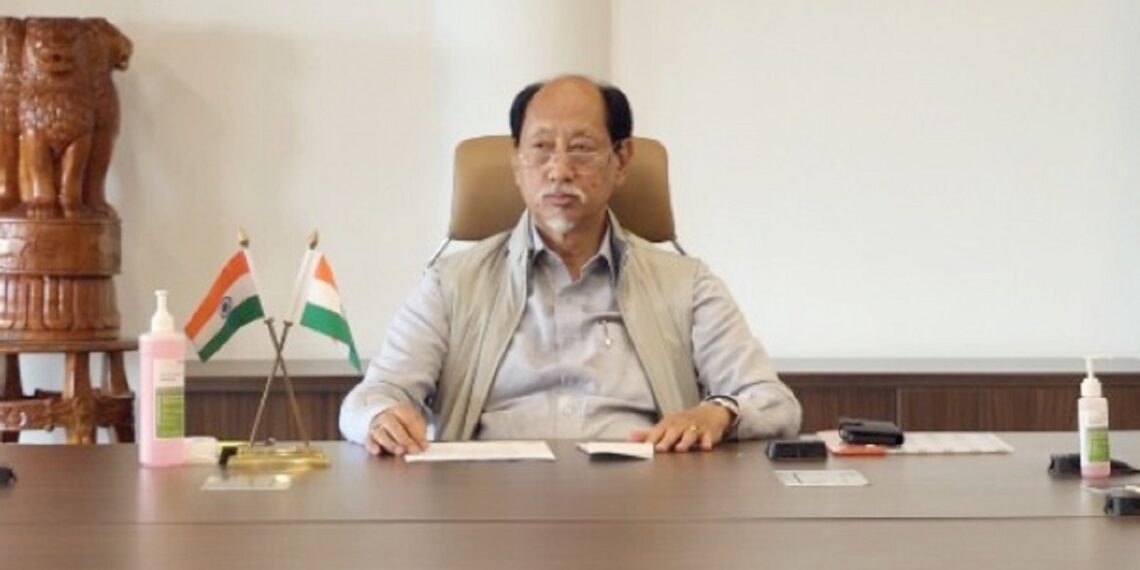KOHIMA: In a candid admission, Chief Minister Neiphiu Rio and his deputy, TR Zeliang, pinpointed Article 371(A) as a major obstacle in regulating illegal coal mining activities in state.
Responding to concerns raised by National People’s Party (NPP) legislator Nuklutoshi Longkumer during the budget session on February 27, Chief Minister Neiphiu Rio attributed the challenge of accounting for numerous mines to Nagaland’s complex landholding system.
He observed that while Article 372 (A) of the Constitution protects the cultural heritage and autonomy of the Naga people, it also complicates efforts to regulate coal mining activities.
To illustrate his point, Rio informed that the state currently oversees 45 operational Coal Mining License holders across various districts.
Chief Minister Rio also highlighted the need for “reclaiming” mined areas, proposing measures such as filling rat-hole mines and reforestation to mitigate environmental degradation.
The debate in the Assembly centred on the environmental hazards of illegal coal mining, specifically its impact on river sources in the state.
Echoing Rio’s sentiments, Deputy Chief Minister TR Zeliang highlighted the reliance of local residents on illegal mining for livelihoods in coal-rich regions as a factor behind its rise.
He stressed the necessity for education campaigns to raise awareness about the adverse impacts of such activities.
Illegal rat-hole mining poses a serious danger to life, and over the years, Nagaland has witnessed numerous such incidents throughout the calendar year.
On January 25, six workers lost their lives, and four others sustained serious injuries in an illegal rat-hole coal mine in Wokha district.
Investigating the incident, the Directorate of Geology & Mining (DGM) later confirmed that the tragedy was triggered by a “fire and explosion of methane gas” in the hole.
The investigation pointed to a potential frictional spark from a portable handheld drilling machine as the cause of the deadly incident.
Rat-hole mining, characterised by tunnels suitable for manual extraction, has previously resulted in fatalities in Nagaland, particularly in the Naginimora area of Mon district.















